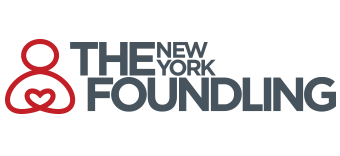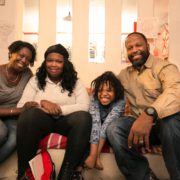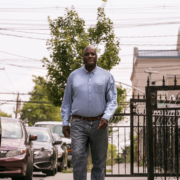of children that are mistreated every year have at least one developmental disability
of adults with developmental disabilities report that they have no one to talk to about personal things and often feel lonely
of individuals with a developmental disability in the US are living in poverty
people may have at least a mild developmental disability that affects their life in some way
of children between the ages of 3-17 have a one or more developmental disabilities
4,000+ holiday gifts distributed to The Foundling program participants every year
107 program sites across New York and Puerto Rico
Individuals with disabilities are the largest minority group in the United States
Irene reached out to the Foundling’s Developmental Disabilities Division when her daughter was looking to become more independent. Working with a skills trainer, Irene and her daughter created a plan to achieve that goal.
Carl’s disabilities aren’t seen as obstacles to living an independent and fulfilling life. With hands-on training and coaching from his care management team at The Foundling, Carl sets out to conquer the day from the moment his alarm clock rings. From preparing healthy meals in his supported apartment to managing his bank account and enjoying time with friends, Carl is setting and exceeding his own goals. Last summer, Carl began working at a local nursing home. He’s taking on new responsibilities and is becoming more and more independent, taking advantage of all the opportunities available to him.

 NYF
NYF NYF
NYF